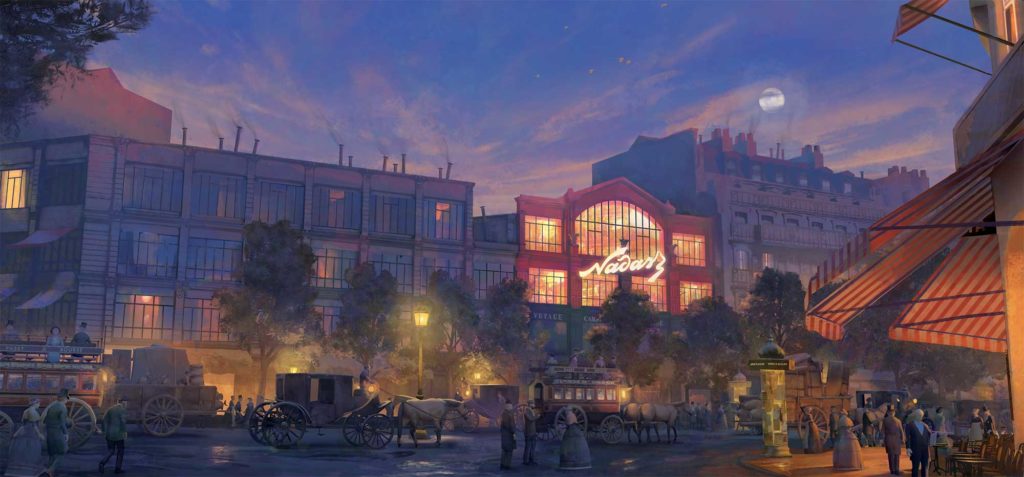And after 1974?
Seven more Impressionist exhibitions were held in Paris in 1876, 1877, 1879, 1880, 1881, 1882, and finally in 1886. Criticism still flowed in but these artists continued to explore new ways to paint. Thanks to their tenacity, and the support of faithful supporters such as the art dealer Paul Durand-Ruel, they gradually achieved recognition from the 1880s onwards. Their work was shown in Europe and as far as the United States, and their audience grew steadily. If this artistic movement soon expanded beyond the borders of France, it remained firmly anchored in the landscapes of its homeland, which inspired so many of its paintings. From Paris and its new suburbs to the coast of Normandy, these artists traveled looking for new motifs.

Starting in the 1880s, some of these artists focussed on their favourite places along the river Seine, upstream or downstream from Paris, in Île-de-France or Normandy, while others, like Cézanne or Renoir, moved to the south of France. Whether in the rolling countryside, in landscapes of fields or cliffs, they rewrote the codes of painting and opened new horizons. Although each was a unique artist and their styles differed from each other, the Impressionists blazed a new trail for future generations. Whether Neo-Impressionists, Symbolists, Nabis, or Fauves, turn-of-the-20th-century artists all looked to Impressionism.